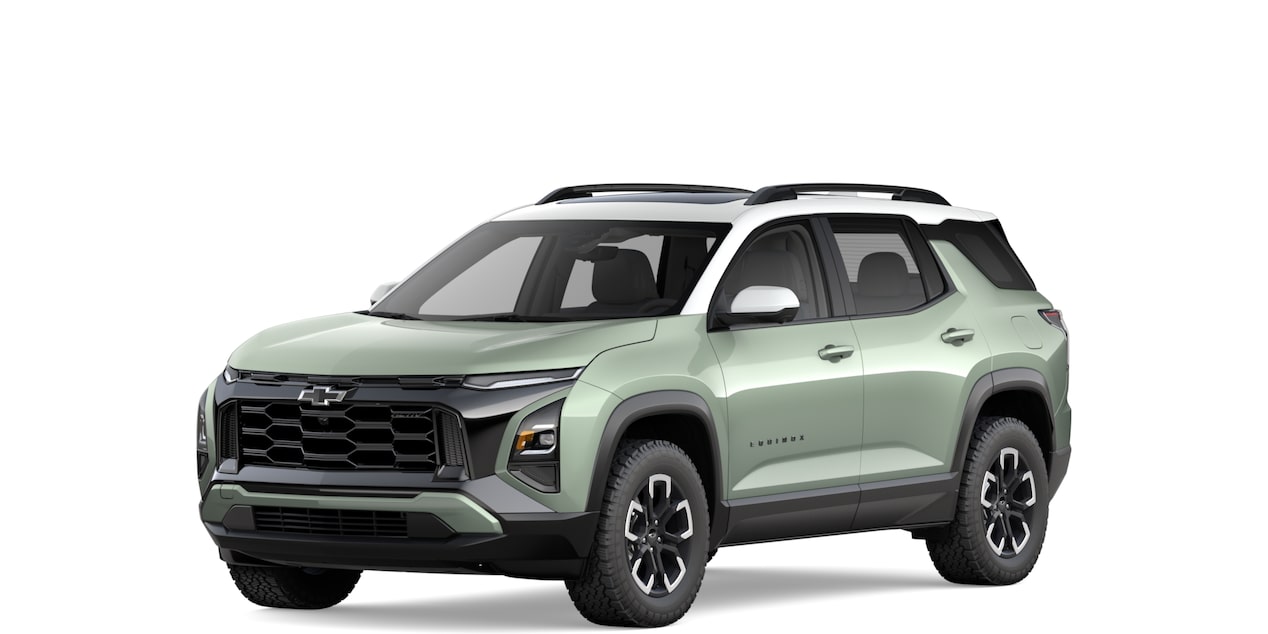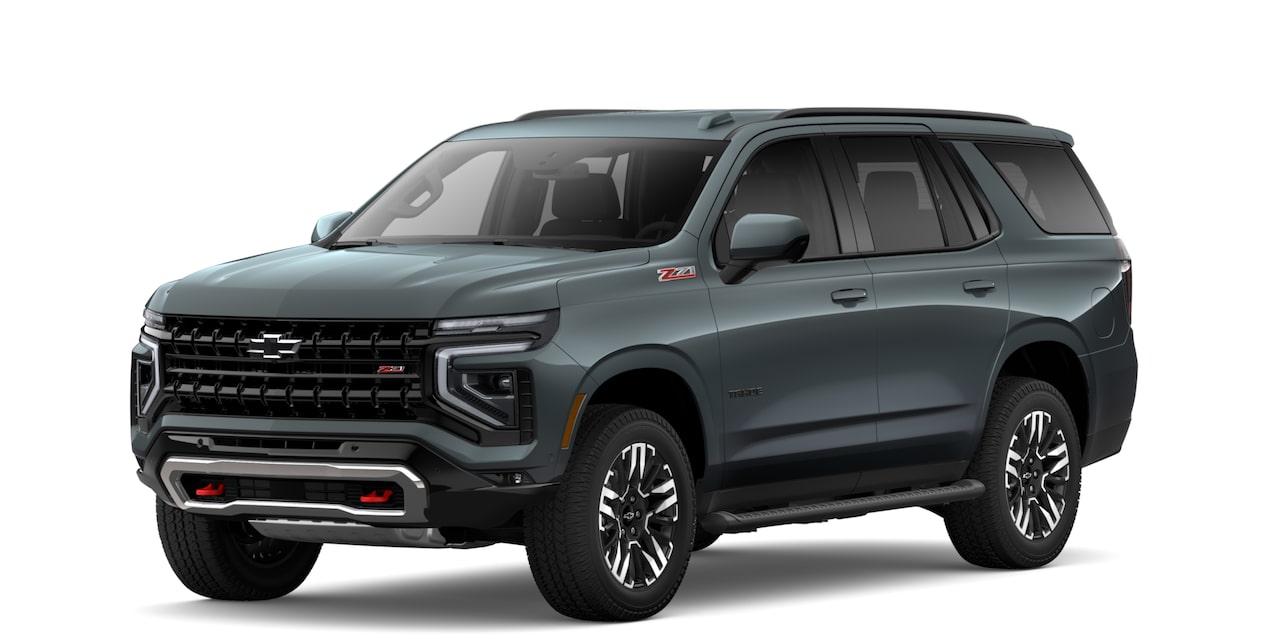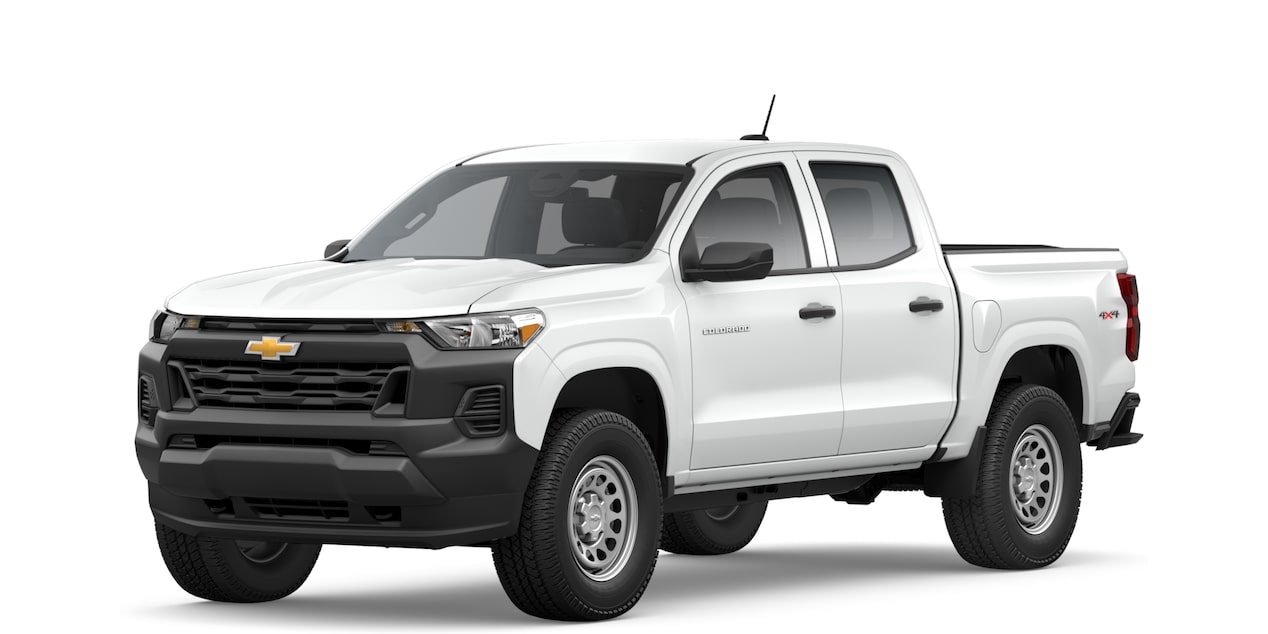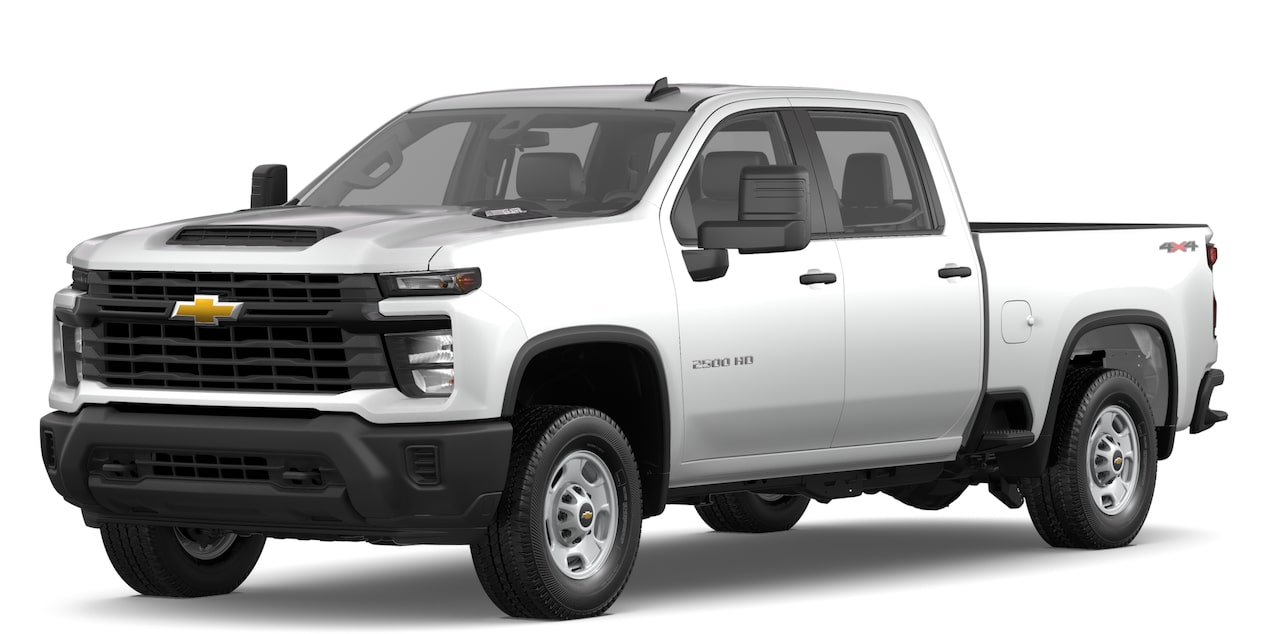How to maintain your tires
Difficulty Level: Novice | Time Required: 5 minutes | Tools Required: Tread-depth gauge or penny, Tire pressure gauge | Related Parts, Products, Services or Technology: None
Here are some ways to care for and maintain your tires.
Tire Pressure Monitoring System (TPMS)
The TPMS
When this happens:
1. Check and adjust all tires to the recommended pressure levels.
2. Drive the vehicle to turn the light off.

Note: If the Tire Pressure Monitor light appears as a blinking yellow lamp for more than one minute and stays solid, then scheduling diagnostic service is needed. If your vehicle’s TPMS is not functioning properly, it cannot detect or signal a low-tire condition.
Monitoring tire pressure (manually)
It’s important to keep your tires within recommended pressure specifications. Underinflated tires handle poorly, wear prematurely and irregularly, and reduce fuel economy. Overinflated tires don’t grip the road well and lead to a rough ride. And both under- and overinflated tires overheat more easily, risking a blowout.
To monitor pressure:
1. Find the recommended pressure (located in the Owner’s Manual and on your vehicle’s driver’s side door frame).
2. Using a pressure gauge, check tire pressure at least once a month when the tires are cold (meaning that the vehicle has not been driven for at least 3 hours or no more than 1 mile).
3. Adjust tire pressure as necessary.

Monitoring tire wear
The National Highway Safety Traffic Administration recommends replacing tires when the tread depth is 2/32 of an inch or

1. Use a tread-depth gauge.

2. Perform the penny test.
a. Place a penny upside down in the tire tread.
b. If you can see the top of Lincoln’s head, the tire-tread depth is less than 2/32 of an inch and the tire should be replaced.
Other warning signs that your tires should be replaced:
- Three or more tread-wear indicators around the tire
- Tire cord or fabric showing through the tire
- Cracked tire tread or sidewall
- A bulge or split in the tire
- A puncture in the tire
For your security, please don’t include personal info such as phone number, address or credit card details.
Related links and resources
Q&As
Looking for something else?
Need more help?
Communicate with one of our specialists.
To find out if your vehicle has this feature, contact your dealer or refer to your vehicle’s equipment list. Please check your Owner’s Manual for more information about features.


































